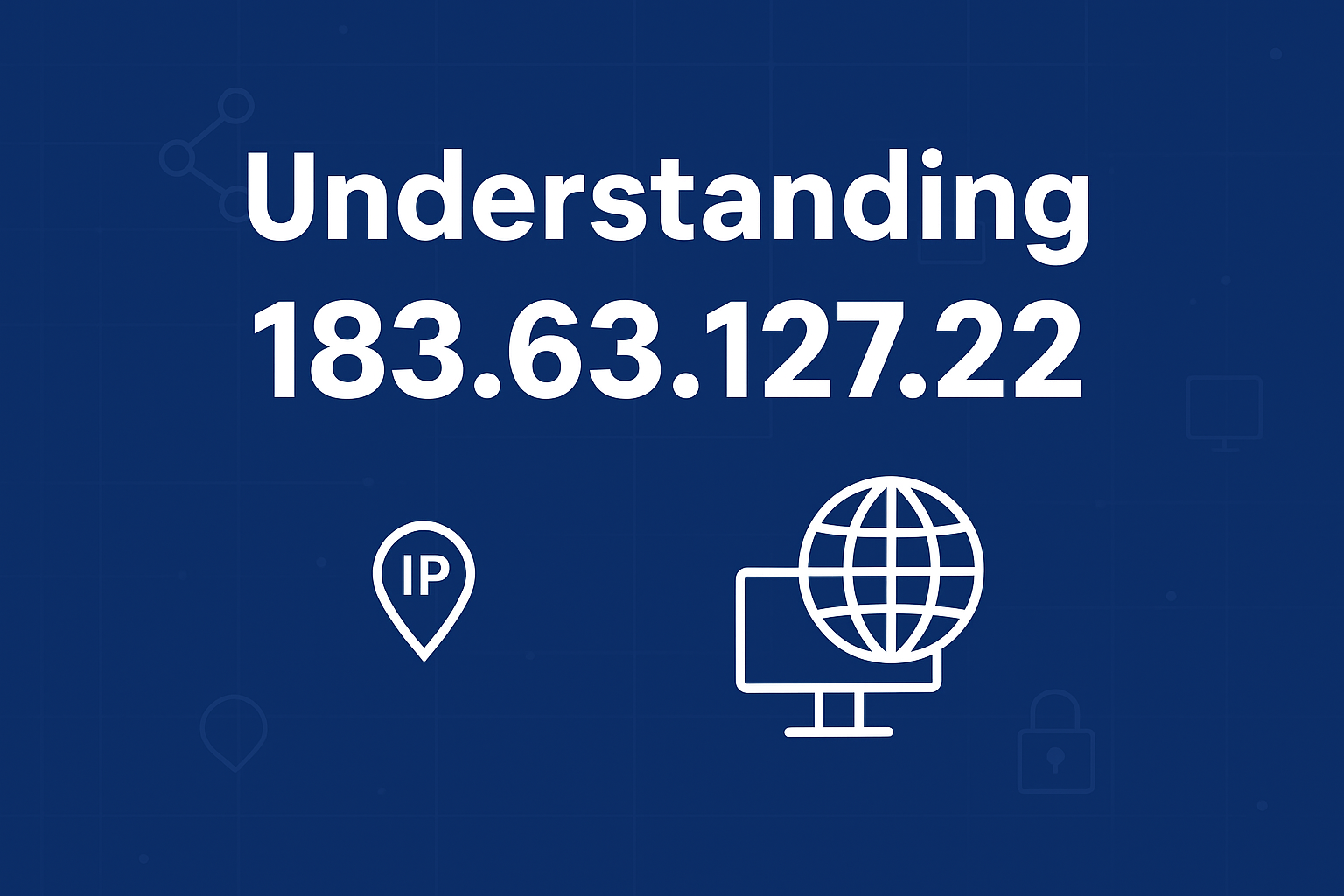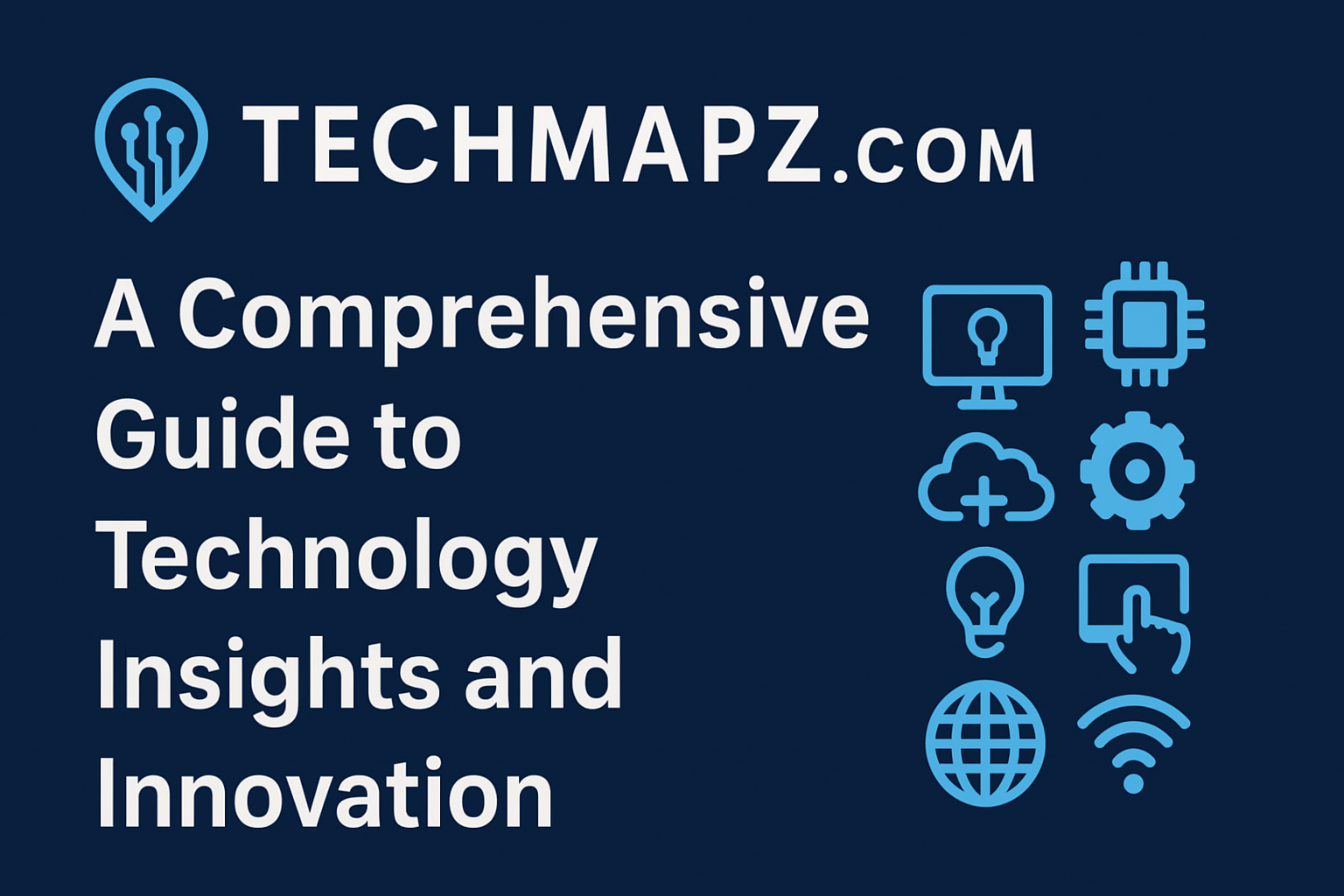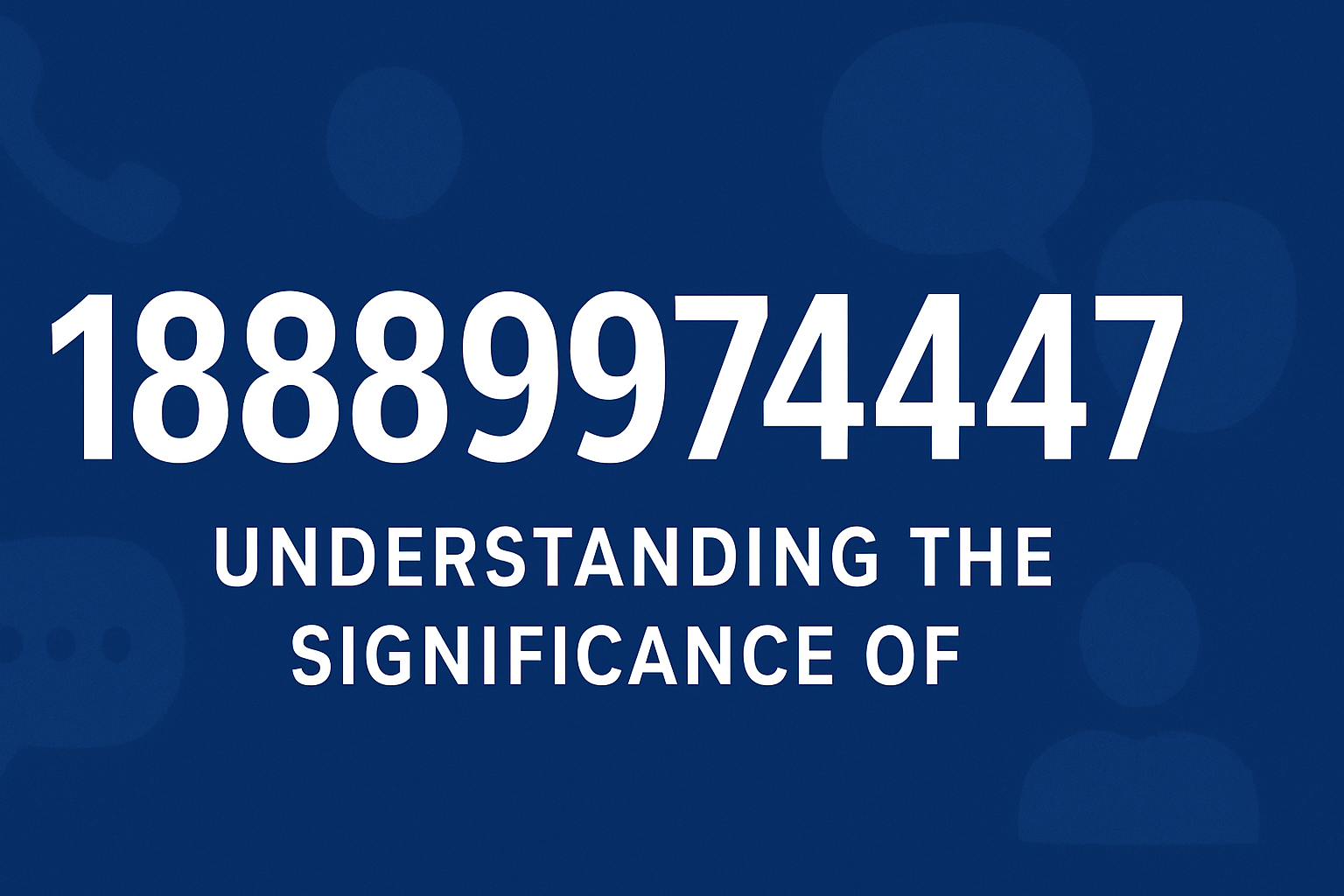
What Is an IP Address?
When we think about how billions of devices communicate over the internet, the concept of an IP address becomes central to that conversation. An IP address, or Internet Protocol address, is essentially the digital equivalent of a home address — it tells other devices where to send data packets so that information can reach its intended recipient. Without IP addresses, the global network that we call the internet simply could not function, because there would be no organized system for devices to identify and communicate with one another. The specific address 183.63.127.22 is an example of an IPv4 address, the most commonly used addressing format worldwide. IPv4 addresses consist of four numbers separated by dots, with each number ranging from 0 to 255. This creates a massive but ultimately finite pool of unique addresses. Although a newer system called IPv6 has been introduced to handle the growing number of devices connecting to the web, IPv4, and addresses such as 183.63.127.22, still dominate everyday usage across homes, businesses, and global networks.
The Structure of 183.63.127.22
If we break down 183.63.127.22, we can begin to see how each part plays a role in defining the address. The first section, 183, points toward the larger network block and is often tied to a particular geographic region or internet service provider. The second section, 63, refines that identification further, narrowing down the address to a more specific range. The third section, 127, indicates a subnet, which helps administrators manage devices within the larger block. Finally, the last part, 22, identifies the unique device within that subnet. This layered structure means that IP addresses are not just random numbers but carefully designed identifiers that allow the internet to scale to billions of devices. When looking at 183.63.127.22, networking professionals see more than numbers — they see the blueprint of connectivity that enables seamless communication between servers, computers, and mobile devices.
Why 183.63.127.22 Matters in Digital Infrastructure
Although 183.63.127.22 may look unremarkable, its role is vital in the context of digital infrastructure. Every time a person browses a website, sends an email, or streams a video, IP addresses work behind the scenes to ensure the requested information travels correctly across the internet. From a technical perspective, IP addresses like 183.63.127.22 can reveal the approximate geographic location of a device, the internet service provider delivering the connection, and sometimes even the type of network being used, such as a corporate connection or a residential broadband line. For businesses, this data is essential for analytics, security, and compliance. For cybersecurity experts, it becomes a valuable clue in tracking suspicious behavior or identifying possible sources of attacks. For ordinary users, IP addresses affect everything from the content they can access to the personalized ads they see online.
Cybersecurity and the Role of 183.63.127.22
In the world of cybersecurity, IP addresses are often the first pieces of evidence examined when something goes wrong. If a malicious actor attempts to gain unauthorized access to a system, investigators will track the origin of that attempt, which is tied to an IP address such as 183.63.127.22. This information can help determine whether the traffic is legitimate or harmful. For example, if 183.63.127.22 were associated with repeated failed login attempts across multiple servers, it would likely be flagged as suspicious and potentially blacklisted by firewalls. Cybersecurity systems also use IPs to automatically detect anomalies and block harmful traffic before it causes damage. Forensic teams rely heavily on IP traces to piece together how an attack was launched, what systems were affected, and where the attacker might be located. In short, the address 183.63.127.22, like every other IP, can serve as both a tool for malicious behavior and a clue for those trying to stop it.
Everyday Uses of IP Addresses Like 183.63.127.22
Even outside the realm of cybersecurity, IP addresses play a large role in our daily digital lives, often without us realizing it. Services such as Netflix, Hulu, or Disney+ use IP addresses to enforce content restrictions based on geographic licensing agreements. If your IP is similar to 183.63.127.22, you may have access to a certain catalog of shows and movies that differs from what someone in another country might see. Online stores use IP addresses to detect fraud or recommend products relevant to your area, while advertising networks rely on IPs to personalize the ads you encounter as you browse. Social media platforms use them to improve your experience by tailoring features or ensuring security during logins. Thus, even though you may never consciously think about 183.63.127.22, the way IP addresses are used has a direct effect on your internet experience, shaping what you see, what you can access, and how safely you can browse.
Public vs. Private IPs: Where Does 183.63.127.22 Fit?
Another key distinction to understand is the difference between public and private IP addresses. Private IPs are used within local networks, such as your home Wi-Fi, to allow devices like laptops, smartphones, and printers to communicate with each other internally. These usually take the form of numbers like 192.168.x.x or 10.x.x.x and are not accessible from the broader internet. Public IPs, on the other hand, are the outward-facing addresses assigned by internet service providers, allowing devices to communicate across the global internet. 183.63.127.22 is a public IP, meaning it identifies a device or server that can be accessed online. This makes public IPs more important for external communications but also more vulnerable to attacks, which is why understanding and securing them is a top priority for network administrators.
Tracing and Interpreting 183.63.127.22
When someone traces 183.63.127.22, they might discover details such as the approximate geographic region of the device, the ISP providing the connection, and the general type of network being used. Sometimes, the trace can even reveal the hostname linked to the IP address. However, while IP tracing can give broad insights, it does not reveal personal details such as a user’s name, physical address, or private data without legal cooperation from the ISP. This ensures a balance between transparency for technical and security purposes and privacy for everyday users. For businesses, being able to trace IPs like 183.63.127.22 helps in filtering legitimate versus suspicious traffic, while for researchers, it can reveal valuable patterns about internet use across different regions of the world.
Ethical Considerations and Responsible Use of IP Data
With the ability to analyze and trace addresses like 183.63.127.22 comes the responsibility to use this information ethically. IP data can be misused for stalking, harassment, or launching targeted cyberattacks, which is why laws and guidelines exist to regulate its handling. Businesses and organizations must ensure that they collect and use IP data in ways that respect user privacy, often anonymizing data to avoid identifying individuals directly. Researchers, too, must follow ethical standards when publishing or analyzing IP-related findings. For individuals, the lesson is simple: while it can be fascinating to look up IPs such as 183.63.127.22, this information should never be exploited for harmful purposes. Ethical handling of IP addresses ensures that they continue to be valuable tools for improving security and digital infrastructure without compromising trust.
The Future Beyond 183.63.127.22
The world of IP addresses is evolving rapidly. With billions of devices coming online, IPv4 addresses like 183.63.127.22 are becoming increasingly scarce, which is why the transition to IPv6 is so important. IPv6 offers an almost limitless pool of addresses, ensuring that the internet can continue to expand without running into technical limitations. That said, IPv4 addresses remain deeply embedded in the fabric of the internet and will continue to coexist with IPv6 for decades to come. This means that IPs like 183.63.127.22 will remain relevant, continuing to serve as identifiers in everything from casual browsing to complex enterprise networks. For both professionals and casual users, understanding the basics of how IP addresses function — and why a single address like 183.63.127.22 matters — offers insight into the hidden mechanics of our digital world.
Conclusion
At first glance, 183.63.127.22 may appear to be nothing more than a string of numbers, but it is far more than that. It is part of the foundational system that allows the internet to function, enabling billions of devices to connect and exchange information seamlessly. From cybersecurity and digital forensics to online streaming and shopping, IP addresses like 183.63.127.22 influence nearly every aspect of our online lives. They can reveal patterns, enforce security, and connect users across the globe while also raising important questions about privacy and responsible use. As the internet continues to grow and evolve, the role of IP addresses will remain central, reminding us that behind every click, stream, or download is a complex network of identifiers working tirelessly to make digital communication possible.




